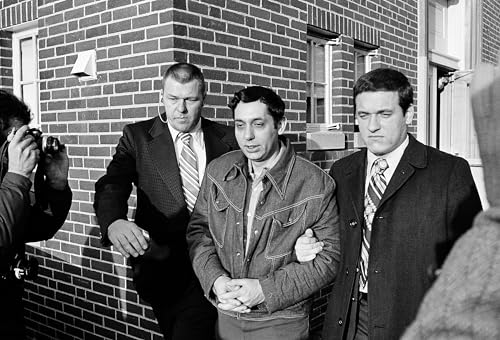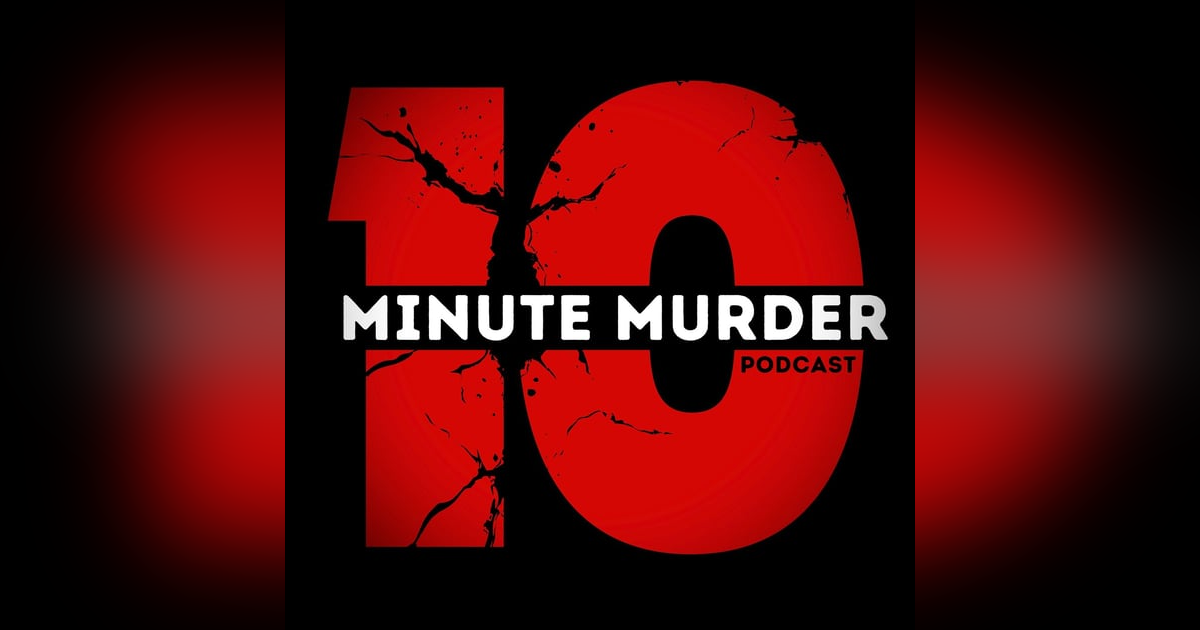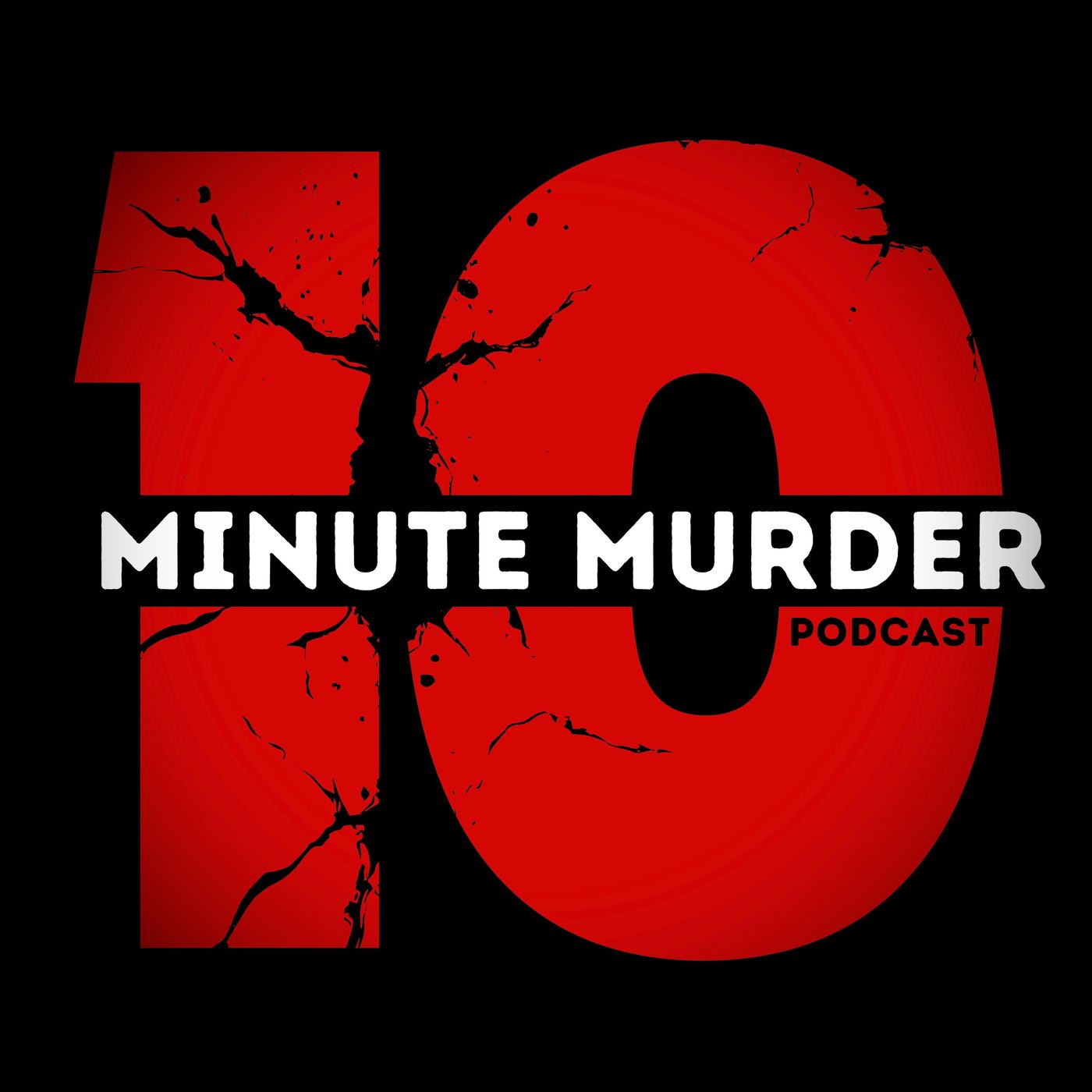Philadelphia's Shoemaker Killer: How Joseph Kallinger Turned His Son Into a Murderer

The Shoemaker's Dark Legacy: How Joseph Kallinger Became Philadelphia's Most Disturbing Serial Killer
When Trauma Creates Monsters
You know how some stories make you wonder if evil really gets passed down through generations? Well, Joseph Kallinger's life reads like a case study in how darkness can literally transfer from parent to child. Born in December 1935 in Philadelphia, Joseph was the third in a line of men carrying the same name, and that's where the trouble started.
His father, Joseph Lee Brenner Junior, had what you might call commitment issues. When little Joseph was only four years old, his dad basically pulled a disappearing act. One day he was there, the next he was gone, leaving behind a wife and child with no explanation and no support. Talk about setting the stage for generational trauma.
The Adoptive Parents Who Meant Well
Joseph's mother Judith found herself in an impossible situation. Single motherhood in the 1930s wasn't exactly a walk in the park, so she made the difficult decision to place Joseph in a Catholic orphanage temporarily while she figured out how to make ends meet. But temporary became permanent, and Joseph ended up being put up for adoption.
Enter Stephen and Anna Kallinger, Austrian immigrants who seemed like they could provide the stable home Joseph desperately needed. They were devout Catholics, strict but caring, and for two whole years, Joseph experienced something resembling a normal childhood. He shed the Brenner name and became Joseph Kallinger.
But here's where things get messy. Judith decided to resurface and demand compensation from the Kallingers for adopting her son. The audacity is astounding, really. The Kallingers refused to pay what amounted to a ransom for a child she'd already given up, and the adoption proceeded anyway since she'd already forfeited her parental rights.
The Punishment That Changed Everything
At age six, Joseph heard a neighborhood friend drop the F-bomb. Like any curious kid, he didn't understand what it meant and repeated it at home. Stephen and Anna's reaction was absolutely disproportionate. They grounded him for a week, and during that time, both parents took turns beating him with a leather belt and wooden spoon.
The really messed up part? They never explained what the word meant or why he was being punished. Joseph learned that making mistakes resulted in prolonged physical and emotional abuse, but he had no framework for understanding why. This became the template for every interaction in that household.
When Discipline Becomes Torture
The beatings escalated to a level that can only be described as torture. Joseph was forced to kneel on jagged rocks and sandpaper. He was made to eat feces. He was locked in closets, starved, and burned with hot irons or forced to place his hands over the stove. When he was six years old, one of Stephen's beatings was so severe that Joseph required hernia surgery.
At nine, Joseph was sexually assaulted by a group of older neighborhood boys. Between the abuse at home and the trauma outside, this kid never had a chance to develop normal social connections or coping mechanisms.
The Warning Signs Everyone Missed
Joseph's behavior started showing the classic signs of a deeply damaged child. He became withdrawn and difficult to get along with. He had no real friends and no one at home he could trust. The incidents started small but escalated quickly.
When he didn't receive a birthday present, he cut up his classmates' coats. He carved a hole in his bedroom wall for sexual purposes, keeping pictures of both men and women nearby along with a knife. The knife wasn't optional; he needed it to become aroused, and eventually, he needed to stab or slash the pictures to reach climax.
Joseph also began stealing money from his parents, believing he could buy friendships by taking other kids to the movies. Each time he was caught, Stephen and Anna would force him to burn his hands on the stove as punishment. This created a vicious cycle where Joseph continued to rebel, and his parents continued to escalate their brutal punishments.
The Teenage Years and First Marriage
At fifteen, Joseph found what he thought was love with a girl named Hilda Bergman. Their relationship included premarital sex, which absolutely infuriated his devout Catholic parents. When they ordered him to stop seeing Hilda, Joseph made a decision that would define the rest of his life: he dropped out of school, moved out, and got a job at his father's shoe shop.
This job would later earn him the nickname "The Shoemaker," and despite his parents' disapproval, he married Hilda at seventeen. They had two children together, but within three years, Hilda left him. The official reason was another man, but the real reason was that Joseph had become physically violent toward her and their children.
The Mental Health Crisis
During the divorce proceedings, Joseph was hospitalized with severe headaches and loss of appetite. The doctors couldn't find any physical cause for his symptoms and concluded that the stress of his divorce was making him physically ill. This was probably the first documented sign of his deteriorating mental state.
Within seven months, Joseph was married again and would go on to have five more children with his second wife. His behavior continued to deteriorate as he cycled through hospital stays for memory loss, suicide attempts, and arson on his own properties to claim insurance money.
The Basement of Horrors
In 1972, three of Joseph's children walked into the local police station and told officers exactly what their father was doing to them. According to the children, Joseph had created a punishment room in the basement, lit only by a kerosene lamp. He would take them there whenever the "itch" in his hand told him they had misbehaved.
The room contained rope for binding victims, and once they were restrained, Joseph would beat them with shoe soles, leather straps, rubber hoses, and a cat-o'-nine-tails whip. His daughter Mary Jo, whom he called "the bright one," endured this treatment five times a week between ages ten and thirteen.
Joseph's twisted logic was that Mary Jo had to pick winning horses for him to bet on at the track. When the horses lost, she had to be punished. Some punishments involved him throwing needles at her while she stood in front of him. Once, while she was tied up, he held a knife to her throat and threatened to kill her if she moved. Another time, he pressed a heated spatula to her leg, leaving a permanent scar.
The Family Living in Terror
Every family member lived in constant fear. Everyone was in bed by seven or eight in the evening because they knew at least one of them would be woken up at midnight for a trip to the basement. The punishments were so severe that Joseph's son, Joseph Junior, tried to run away from home.
Joseph chased his son with a gun, brought him back, tied him to the refrigerator, and beat him with a hammer for about a week. The level of cruelty was beyond comprehension.
The Missed Opportunity for Justice
When police arrested Joseph based on his children's testimony, they noticed he was hallucinating and having conversations with someone named Charlie who wasn't there. He also claimed God was sending him messages about healing 40,000 people through their feet. Psychological testing revealed Joseph was a paranoid schizophrenic with an IQ of 84.
Everything was in place to keep Joseph locked up or committed to a mental institution. But then his children recanted their allegations, and Joseph was released. This decision would prove catastrophic.
The First Murder
Shortly after his release, Joseph attacked ten-year-old Jose Collazo, a Puerto Rican boy. He tortured the child, cut off his genitals, and killed him. Because there was no apparent connection between Joseph and Jose, the murder went unsolved, and Joseph remained free.
Joseph then took out massive life insurance policies on all his sons. When Joseph Junior, the same son who had tried to run away, was found dead in an abandoned construction building, the insurance company found the death suspicious and refused to pay out. But by then, Joseph had found something more compelling than money: a willing accomplice.
The Father-Son Killing Team
Joseph's twelve-year-old son Michael became his partner in crime. Every sick thought or urge Joseph experienced, Michael seemed to share and enjoy. This represents the most disturbing aspect of the entire story: the darkness being passed to yet another generation.
For six weeks in 1974, Joseph and Michael terrorized people across Philadelphia, Baltimore, and New Jersey. They would appear at people's doors pretending to be salesmen, and once they gained entry, they would rob and abuse their victims both physically and sexually.
During one incident, they interrupted a bridge game and found themselves with eight victims. Each person arrived one or two at a time, giving Joseph and Michael the opportunity to deal with them methodically. They ordered everyone to strip and bound them with electrical cords.
When twenty-one-year-old Maria Fasching, the last person to arrive, refused to follow Joseph's orders, he stabbed her in the neck and back. During the commotion, one victim managed to escape and scream for help, but by the time police arrived, Joseph and Michael were gone.
The End of the Terror
Thanks to eyewitness reports, police were able to track down Joseph and Michael. Joseph was charged with three counts of murder for Jose Collazo, Joseph Junior, and Maria Fasching. Michael was sent to a reformation facility until he became an adult, then changed his name and disappeared from the story entirely.
Joseph tried to claim insanity, but was found competent to stand trial and sentenced to life in prison without the possibility of parole. He made several suicide attempts over the years and was transferred to a mental hospital. He died of heart failure and a seizure in 1996 at age fifty-nine, having spent his last eleven years on suicide watch and at least five of those years in solitary confinement.
The Legacy of Intergenerational Trauma
Joseph Kallinger's story demonstrates how trauma can perpetuate itself across generations. From his father's abandonment to his adoptive parents' extreme punishments to his own abuse of his children, each generation passed down their damage to the next. The fact that his son Michael became his accomplice shows how this cycle can create monsters who then create more monsters.
What makes this case particularly disturbing is how many opportunities there were to intervene. If the children's initial allegations had been properly investigated and prosecuted, multiple lives could have been saved. If Joseph had received appropriate mental health treatment instead of being released, the killing spree might never have happened.
Joseph Kallinger's legacy serves as a sobering reminder of how childhood trauma, left untreated, can manifest in the most horrific ways. His story proves that monsters aren't born; they're made, often by the very people who should protect them.





